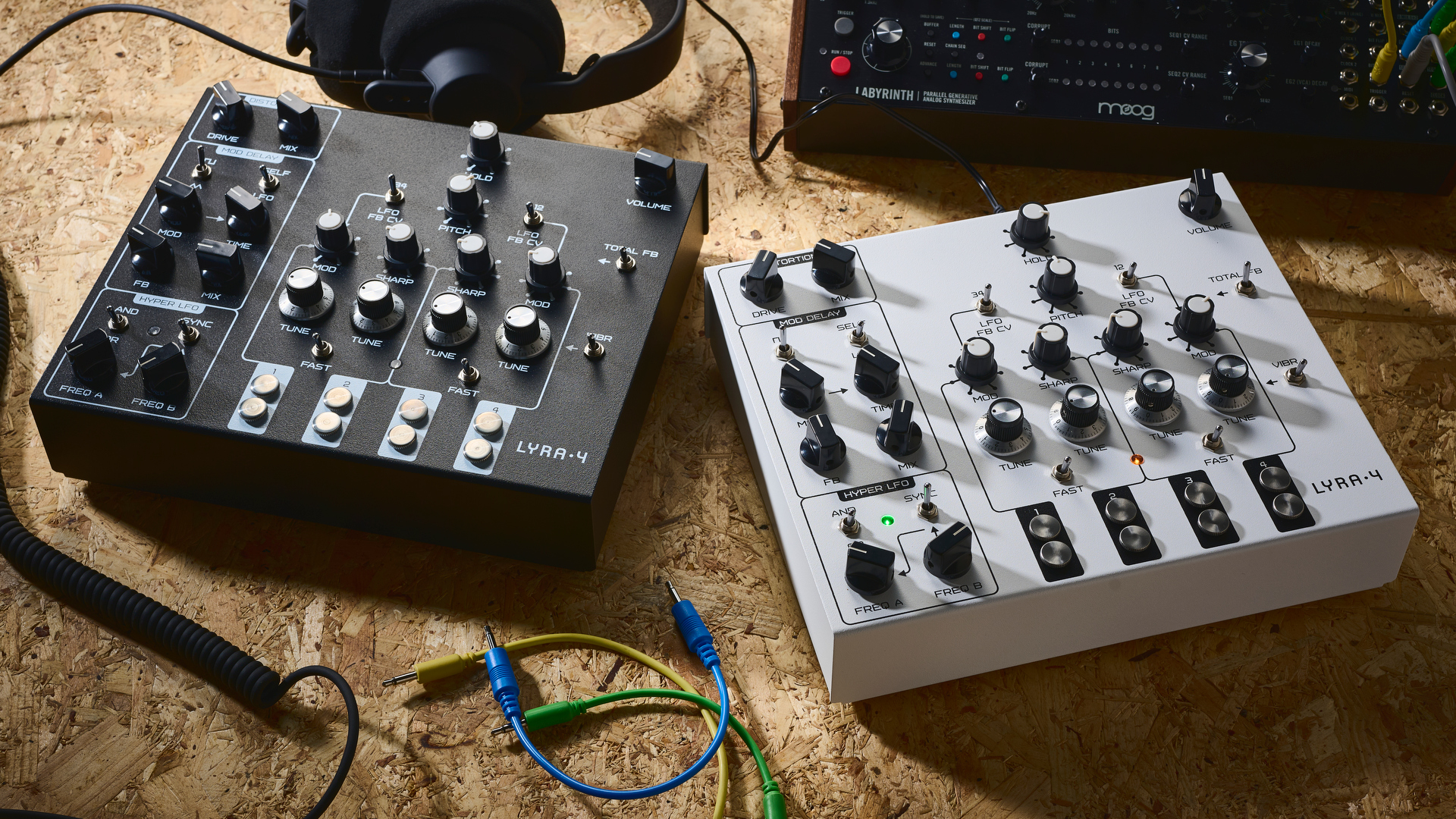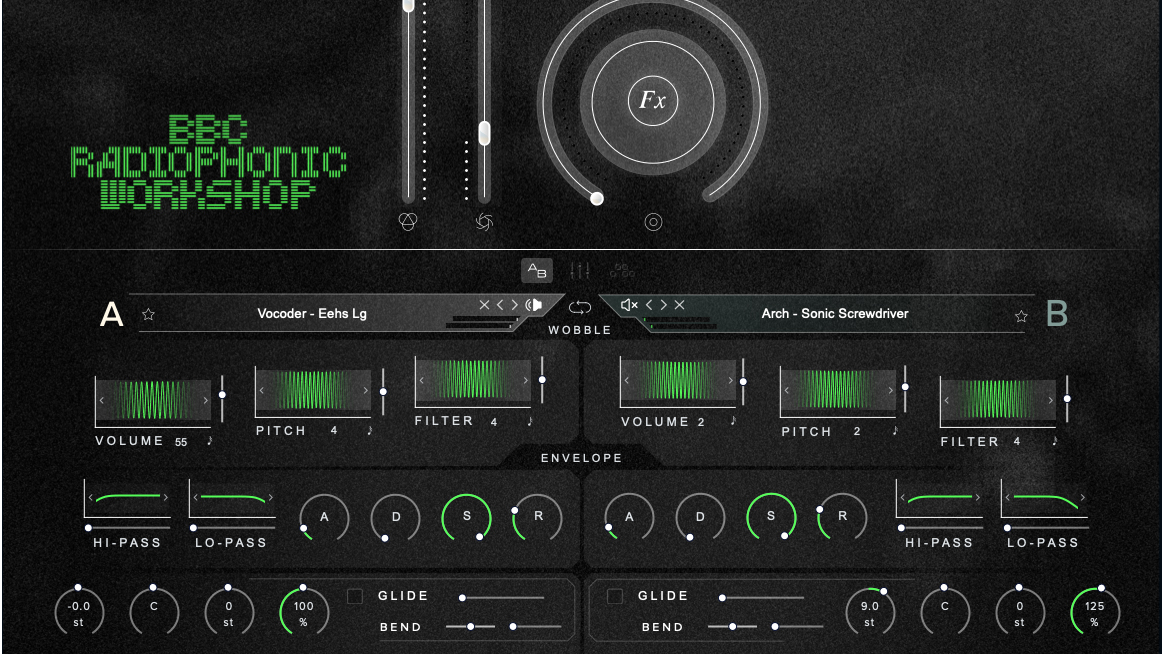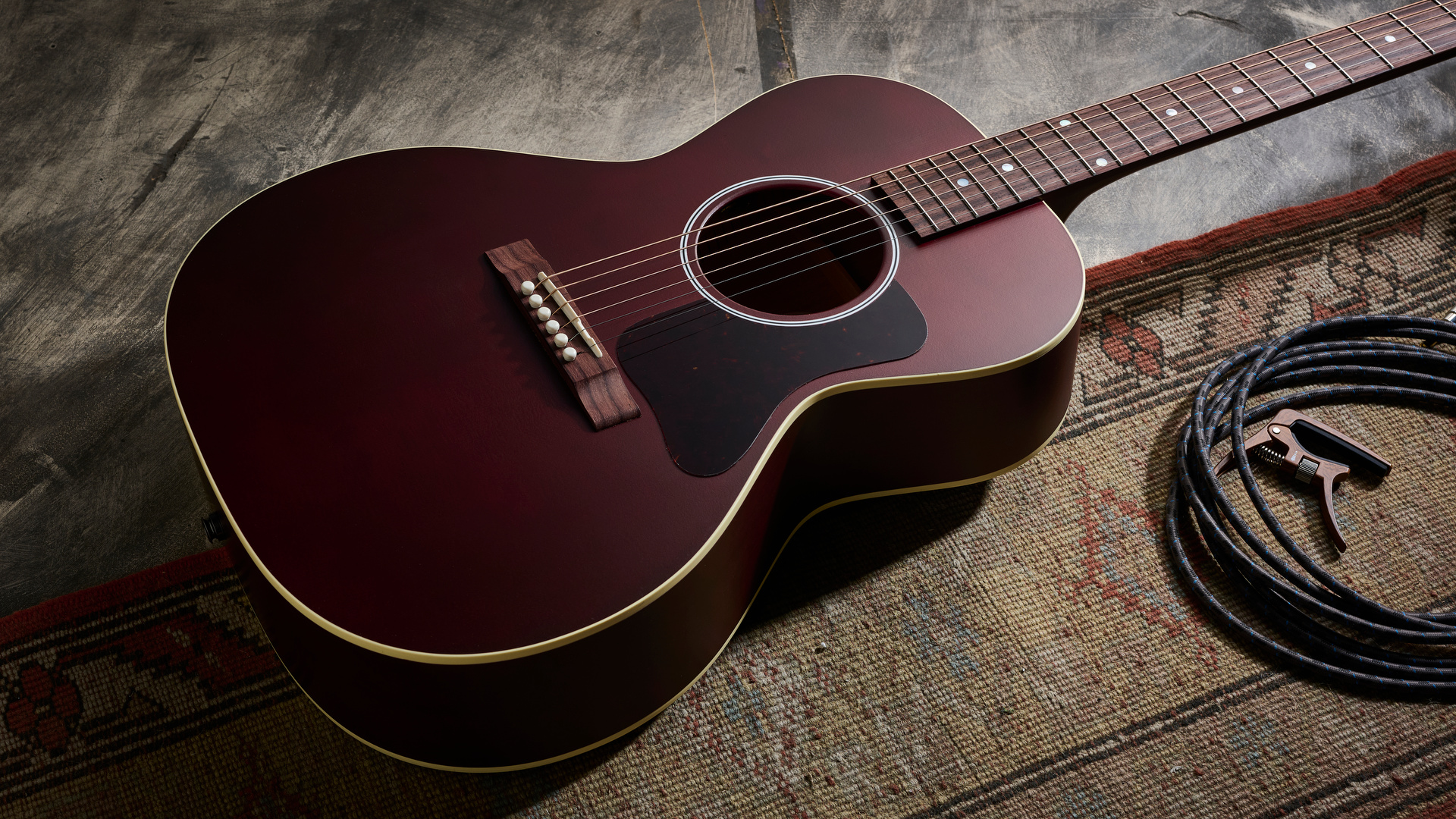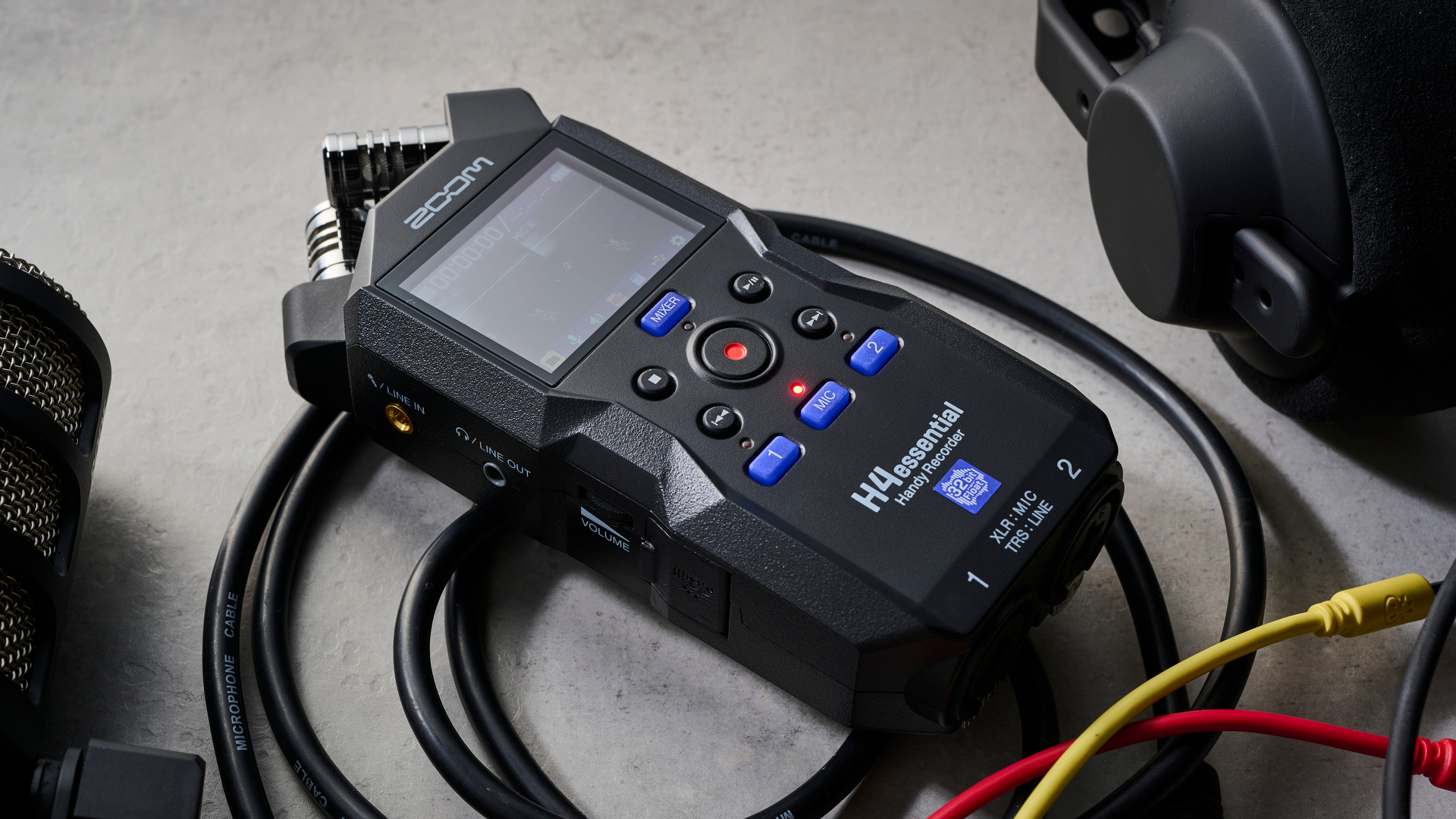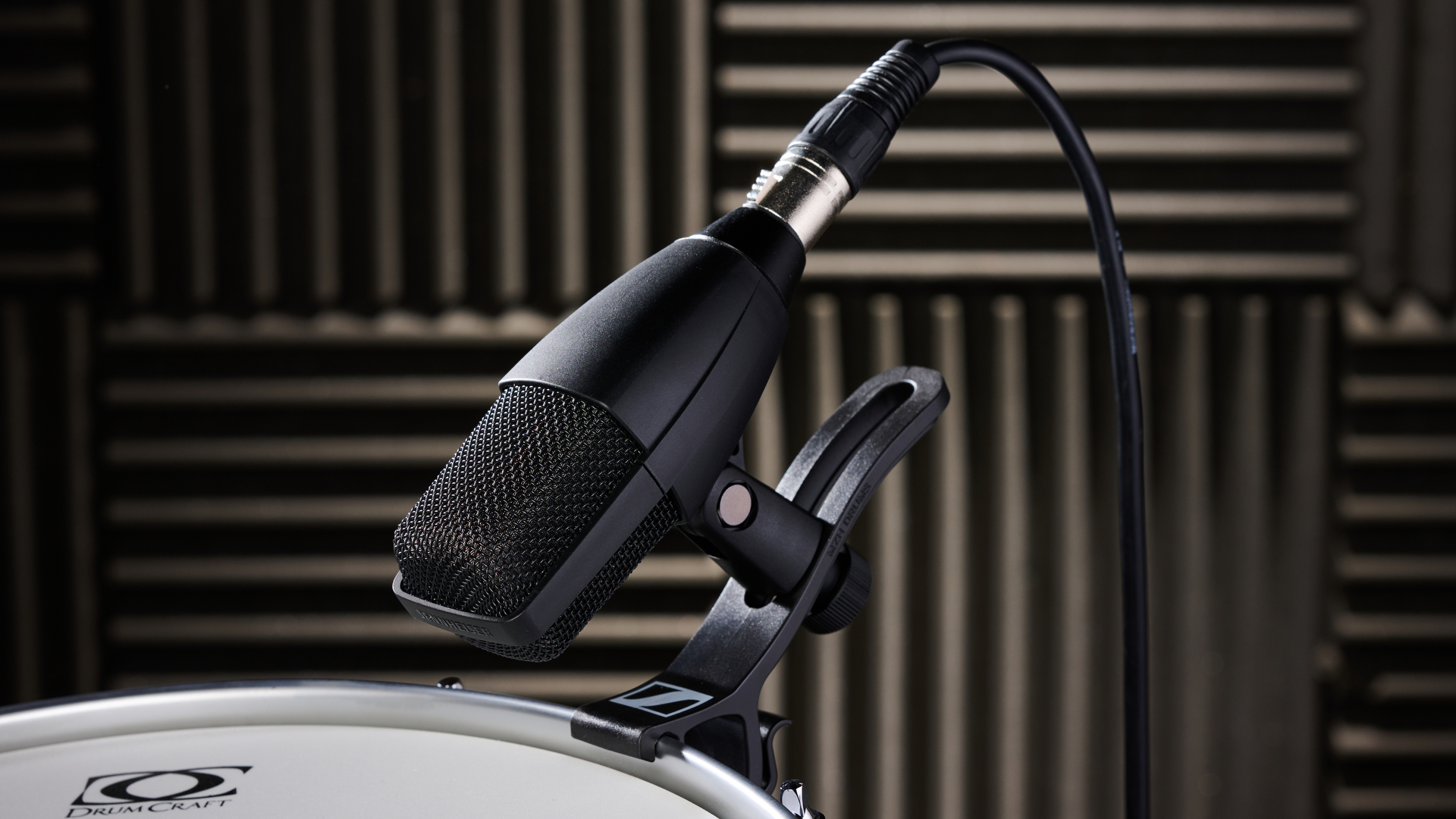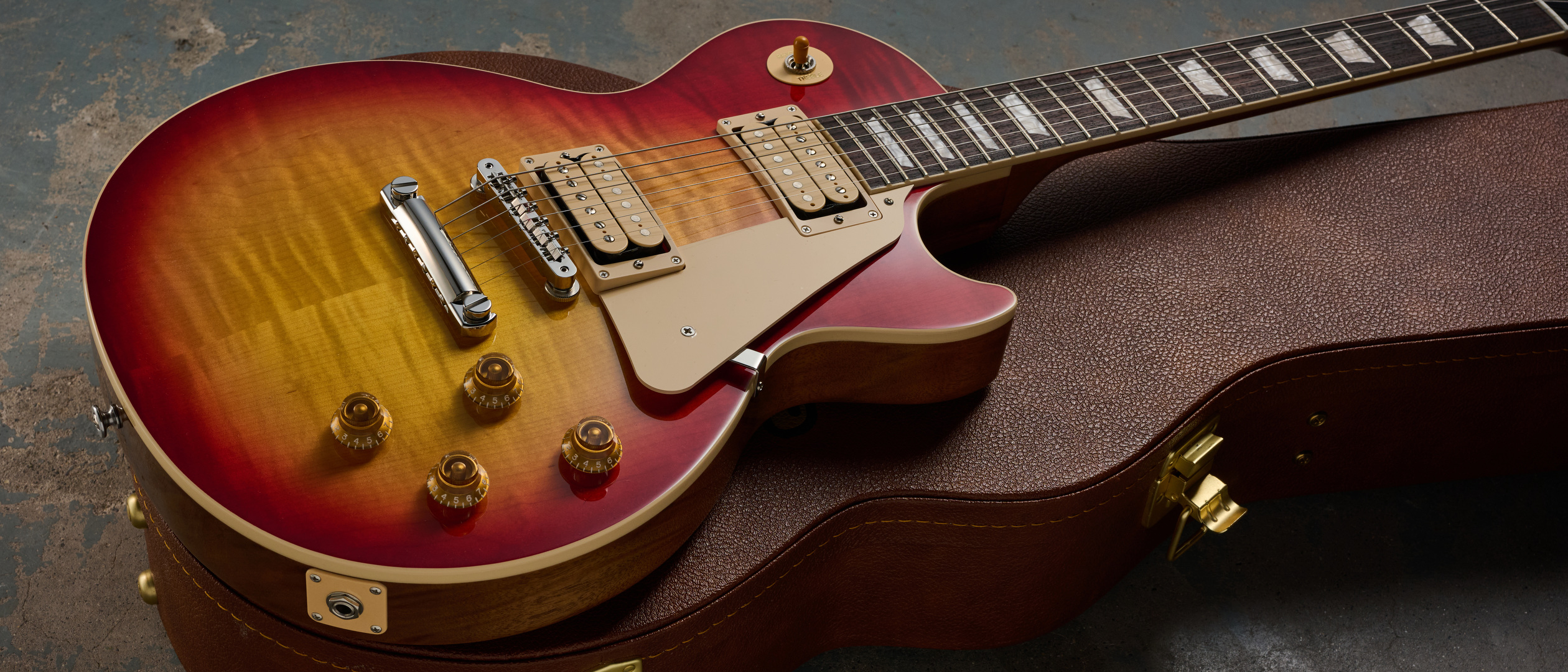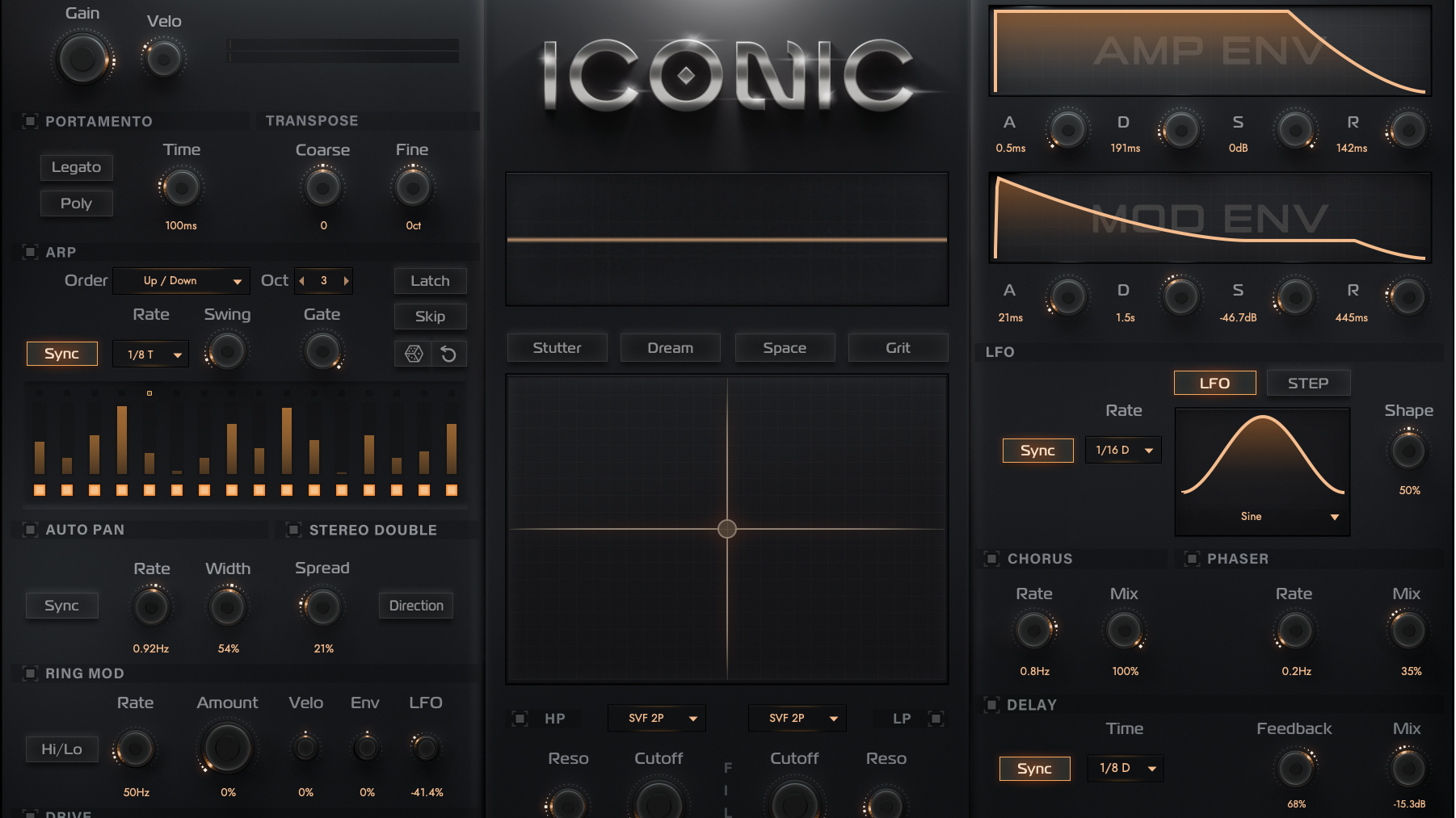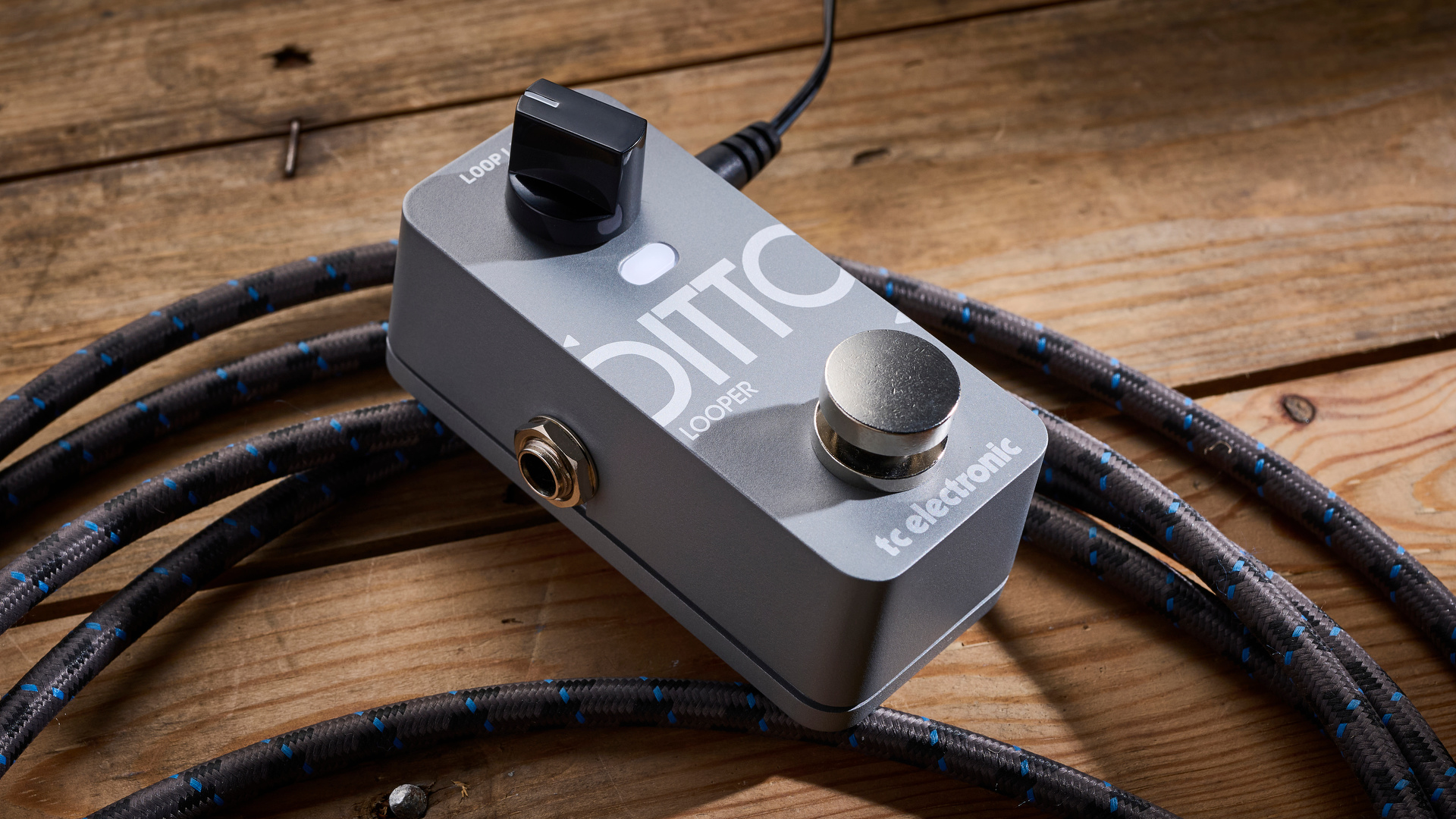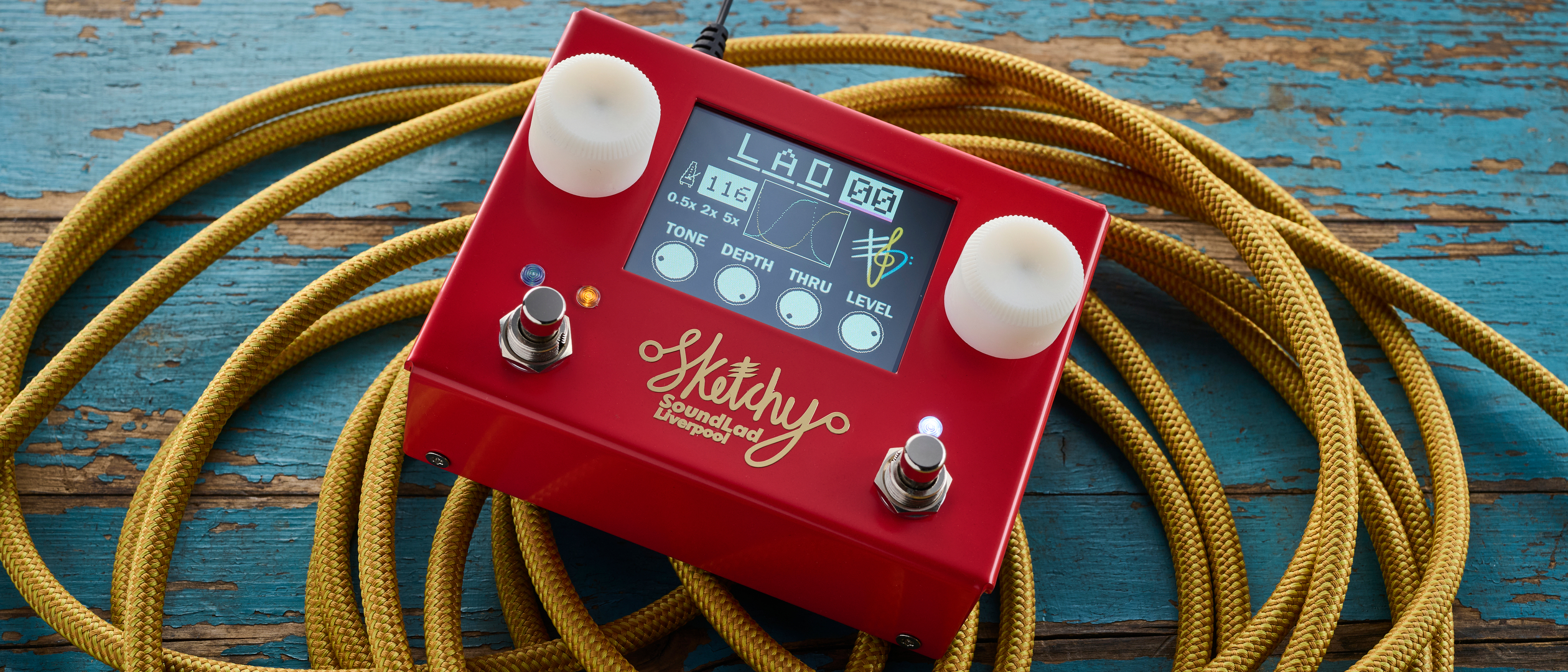MusicRadar Verdict
The Standard 24 would make a great workhorse for covers-band guitarists who need sonic versatility - or just about any player of any style.
Pros
- +
Superb build quality - it's hard to tell where costs have been cut. Flexible range of tones. Great 'one guitar' workhorse.
Cons
- -
Not much.
MusicRadar's got your back
Other than the solid-colour finish, pickguard-mounted electronics and missing maple top, the PRS S2 Standard is spec'd the same as the 'regular' S2 Custom 24, right down to the S2 locking tuners. And while it can't quite be considered affordable, the price quoted includes bird inlays; regular dots see the SRP drop by a significant amount.
As we've noted with past S2 models, it's hard to see where cost-cutting has taken place: there wasn't a spot of lacquer out of place on our review model, and while the Seafoam Green won't be to all tastes, there's no denying it's a sharp contrast to the PRSes of yore.
"The bridge humbucker has everything you need for distorted solos, with a weighty girth and sustain"
The playability, however, is universal: as with the 635mm (25-inch) scale length, the Gibson-meets-Fender Pattern Regular neck feels good in the hand.
You can't argue with the Standard 24's tones, either: the rounded neck humbucker works for everything from open chords to jazz vamping, while activating the coil-split brings in a cutting single-coil vibe.
The bridge humbucker has everything you need for distorted solos, with a weighty girth and sustain. The tones are a little darker than their maple-topped PRS brethren, but they're no less satisfying.
Throw in the middle-position coil-split funk, super-stable tuning and liquid-smooth vibrato, and you've got one very versatile instrument.
Mike is Editor-in-Chief of GuitarWorld.com, in addition to being an offset fiend and recovering pedal addict. He has a master's degree in journalism, and has spent the past decade writing and editing for guitar publications including MusicRadar, Total Guitar and Guitarist, as well as a decade-and-a-half performing in bands of variable genre (and quality). In his free time, you'll find him making progressive instrumental rock under the nom de plume Maebe.
With its latest free update, Ableton has finally turned Note into the app I always wanted it to be
Technically capable, but struggle to make your tunes sound musical? 5 simple music theory hacks to make your tracks stand out
"Despite its size, it delivers impressive audio quality and premium functions as well as featuring a good selection of inspired sounds": Roland GO:Piano 88PX review



